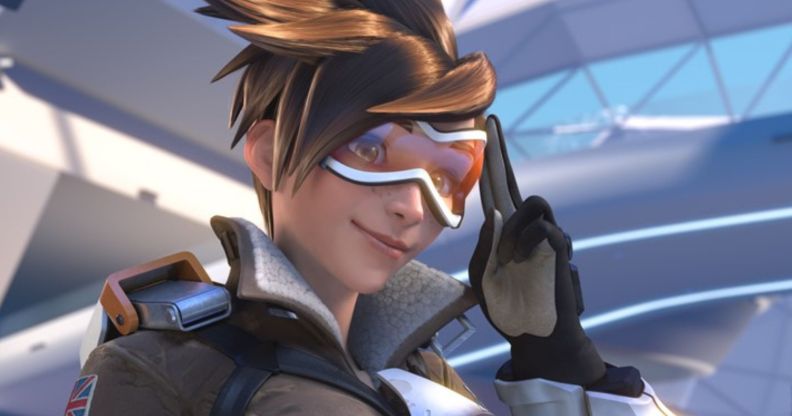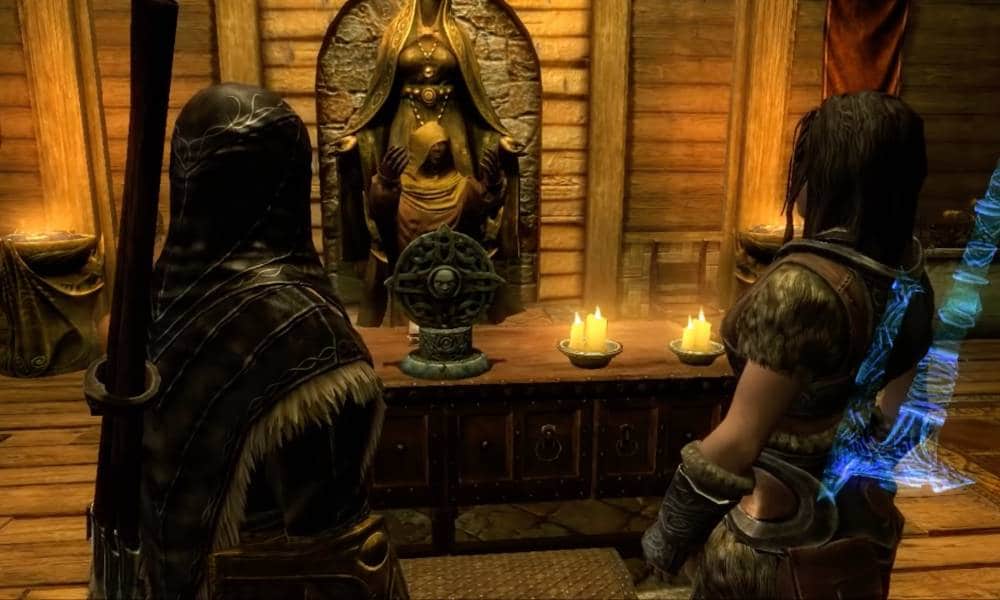Video games are lagging behind on LGBTQ+ representation, says GLAAD

Tracer from Overwatch and Overwatch 2 identifies as LGBTQ+ (Blizzard Entertainment)
Video games developers are not doing nearly enough when it comes to representing LGBTQ+ people, according to a new report.
LGBTQ+ content totals less than two per cent in all games, according to the study published by GLAAD on Tuesday (13 February). At the same time, the number of queer gamers has increased dramatically, with 17 per cent of players now identifying as LGBTQ+, while large numbers of straight players were happy to see queer characters in games.
LGBTQ+ gamers are 11 per cent more likely than non-LGBTQ gamers to use gaming to escape difficult situations in the real world and 24 per cent are more likely to depend on gaming to get them through tough times, the study revealed.
Seventy-four per cent of LGBTQ+ gamers say they can be their true selves while gaming (which is 16 per cent higher than for non-LGBTQ+ gamers). And 66 per cent of queer gamers said it allowed them to express themselves in a way they don’t feel comfortable doing in the real world – 35 per cent more than non-LGBTQ+ gamers.

These percentages were even higher for queer gamers in US states that have proposed or passed anti-LGBTQ+ legislation, the report showed.
Allyship is also prominent within much of the gaming community despite a reputation for homophobia in some online games. Seven out of 10 non-LGBTQ+ gamers said that learning a main character identified under the LGBTQ+ umbrella would either positively influence or make no difference to their appreciation of a game.
Meanwhile, 36 per cent of LGBTQ+ gamers surveyed said video games helped them discover their sexual orientation or gender identity. This number is even higher (41 per cent) for LGBTQ+ gamers of colour. Forty-four per cent reported video games helped them cope with the lack of acceptance in the real world.
“Gaming is not only an escape and a source of entertainment, but also an important outlet of self-expression,” GLAAD’s president and chief executive, Sarah Kate Ellis, said.
“It is past time for LGBTQ+ gamers to see our community represented in games they play and to be safe while they connect with other gamers and express themselves.”

Despite the general appreciation for LGBTQ+ content, many respondents said they “haven’t really experienced any games” that had LGBTQ+ content.
A statement shared by GLAAD from a 34-year-old trans male respondent in Oregon said: “I don’t need to have a game [that has a protagonist] like me, but I am more likely to play one that does… it shows the [developers] acknowledge gaming isn’t for one demographic only.”
However, less than two per cent of Xbox, PlayStation and Nintendo’s digital libraries account for LGBTQ+ content, while PC’s biggest marketplace, Steam, features less than 2.5 per cent of LGBTQ+ content in its total library of some 73,000 games.
When adult-only games are removed from the equation, Steam’s percentage drops down to 1.7 per cent.
Blair Durkee, GLAAD’s associate director of gaming, said the findings of the report send “a powerful message” to the industry, adding that it is “time to move past the idea that LGBTQ-inclusive games are a separate, niche category”.
Durkee went on to say: “All games should strive to reflect the people who play them. And when one in five gamers is LGBTQ+, any game with five or more characters has no excuse for lacking LGBTQ+ inclusion.”
For more LGBTQ+ gaming news, follow our Facebook page Gaymeo.

